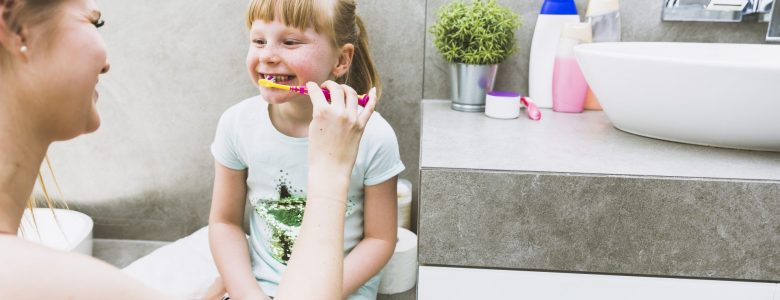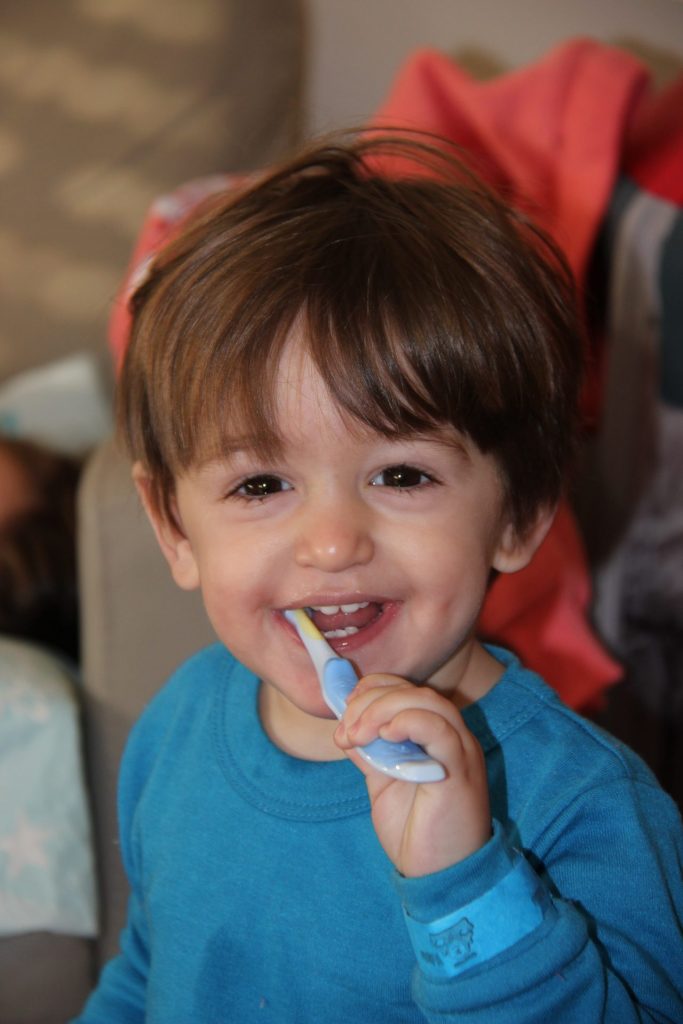
How Many Times a Day Should a Child Brush?
Introduction
Maintaining proper oral hygiene is crucial for children to develop healthy teeth and gums. A key aspect of dental care is regular brushing, but parents often wonder how frequently their child should brush. The ideal brushing routine for kids involves a delicate balance between thoroughness and not overdoing it. In this article, we will explore the recommended number of times a day a child should brush their teeth, considering their age, dental development, and professional guidelines. By understanding these factors, parents can establish an effective dental routine that promotes long-term oral health for their children.
The Basics of Brushing
Before delving into the frequency of brushing, it’s essential to understand the basics of proper brushing technique. Children should use a soft-bristled toothbrush suitable for their age, along with an appropriate amount of fluoride toothpaste. The toothpaste should be pea-sized for children aged three to six, and a larger amount can be used for older children, while still ensuring they spit it out after brushing. Parents should teach their children to brush in gentle, circular motions, covering all tooth surfaces, including the front, back, and chewing surfaces. The process should take at least two minutes to adequately remove plaque and food particles.

Frequency of Brushing for Different Age Groups
- Infants (6-12 months): The journey to oral hygiene begins even before a child’s first tooth appears. Parents should clean their infant’s gums with a soft, damp cloth after feeding to remove any residual milk or food. Once the first tooth erupts, around six months of age, a small, soft-bristled toothbrush can be used to gently clean the tooth and surrounding gums. At this stage, brushing should be done once a day, ideally before bedtime.
- Toddlers (1-2 years): As more teeth erupt, brushing frequency should increase to twice a day. Parents can introduce a tiny smear of fluoride toothpaste, approximately the size of a grain of rice, on the brush. Supervision is crucial to ensure that the child spits out the toothpaste and does not swallow it.
- Preschoolers (3-5 years): By the age of three, children should be brushing their teeth with fluoride toothpaste twice a day. The amount of toothpaste can be increased to a pea-sized portion. At this age, parents can encourage their child to practice brushing independently while providing assistance and guidance as needed.
- School-Aged Children (6-12 years): As children enter school age, they can continue brushing twice a day, using a pea-sized amount of fluoride toothpaste. Supervision remains important during this phase to ensure that children brush for the recommended duration and reach all areas of the mouth effectively.
- Adolescents (13+ years): Teenagers should continue brushing twice a day, using fluoride toothpaste. At this stage, they can transition to an adult-sized toothbrush and maintain a more independent oral hygiene routine. However, parental monitoring and guidance are still valuable to reinforce proper brushing habits.
Considerations for Specific Cases
While the general guidelines outlined above apply to most children, some factors may necessitate additional attention to oral hygiene:
- Braces or orthodontic appliances: Children with braces or other orthodontic appliances may require more frequent brushing, especially after meals, to remove food particles that can get trapped in the braces. Dentists or orthodontists may provide specific instructions tailored to the child’s orthodontic treatment.
- Dental conditions: Children with certain dental conditions, such as tooth decay, gum disease, or a history of cavities, may benefit from more frequent brushing under the guidance of their dentist. In such cases, it is essential to follow the dentist’s recommendations to address the specific needs of the child.
| Age Group | Recommended Brushing Frequency |
|---|---|
| Infants (6-12 months) | Once a day, before bedtime |
| Toddlers (1-2 years) | Twice a day |
| Preschoolers (3-5 years) | Twice a day |
| School-Aged Children (6-12 years) | Twice a day |
| Adolescents (13+ years) | Twice a day |
Please note that the table provides general recommendations and individual circumstances may vary. It’s always a good idea to consult with a dentist for personalized advice regarding oral hygiene practices for your child.
Conclusion
Establishing a consistent and effective brushing routine is crucial for maintaining optimal oral health in children. While the recommended number of times a child should brush varies with their age, it is generally advised that children brush their teeth twice a day using fluoride toothpaste. Parents should ensure their child brushes for at least two minutes and covers all tooth surfaces adequately. Regular dental check-ups and guidance from a dentist can further assist in tailoring oral hygiene practices to the child’s individual needs. By prioritizing dental care, parents can help their children develop lifelong habits that promote healthy teeth and gums.
We invite you to contact us anytime with questions, comments, requests or suggestions. We have two convenient locations serving Coral Gables and Doral, FL.


